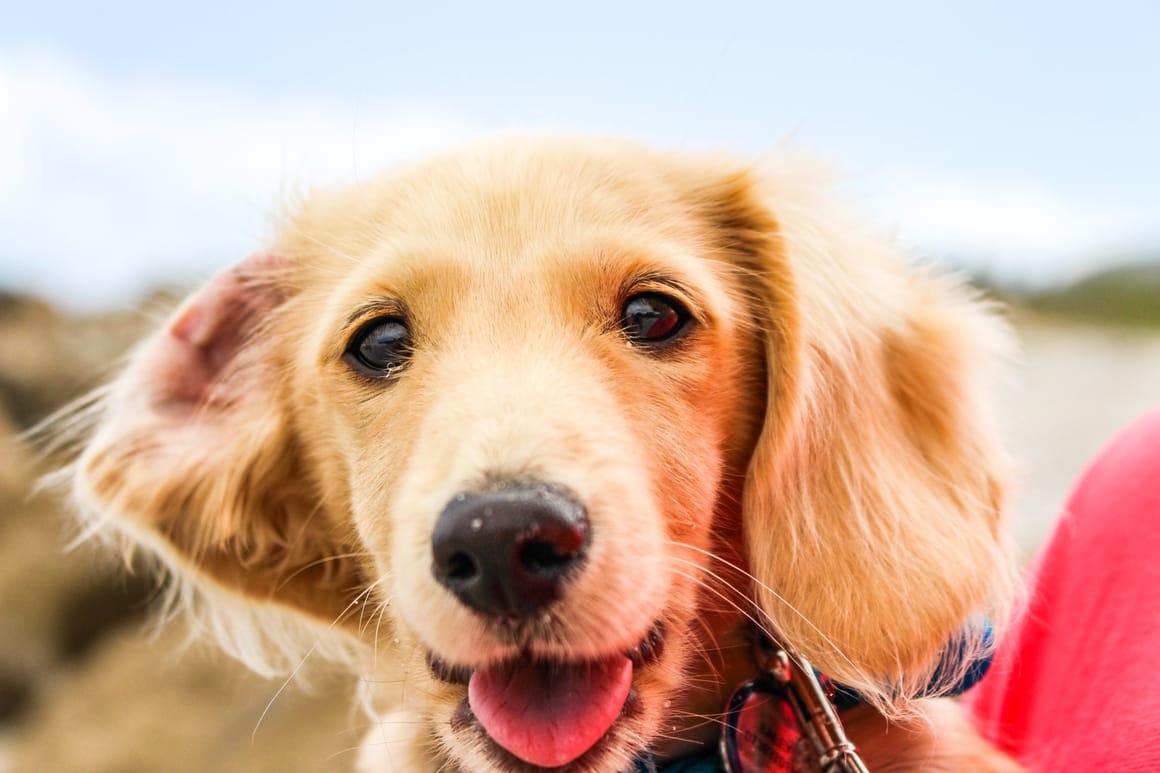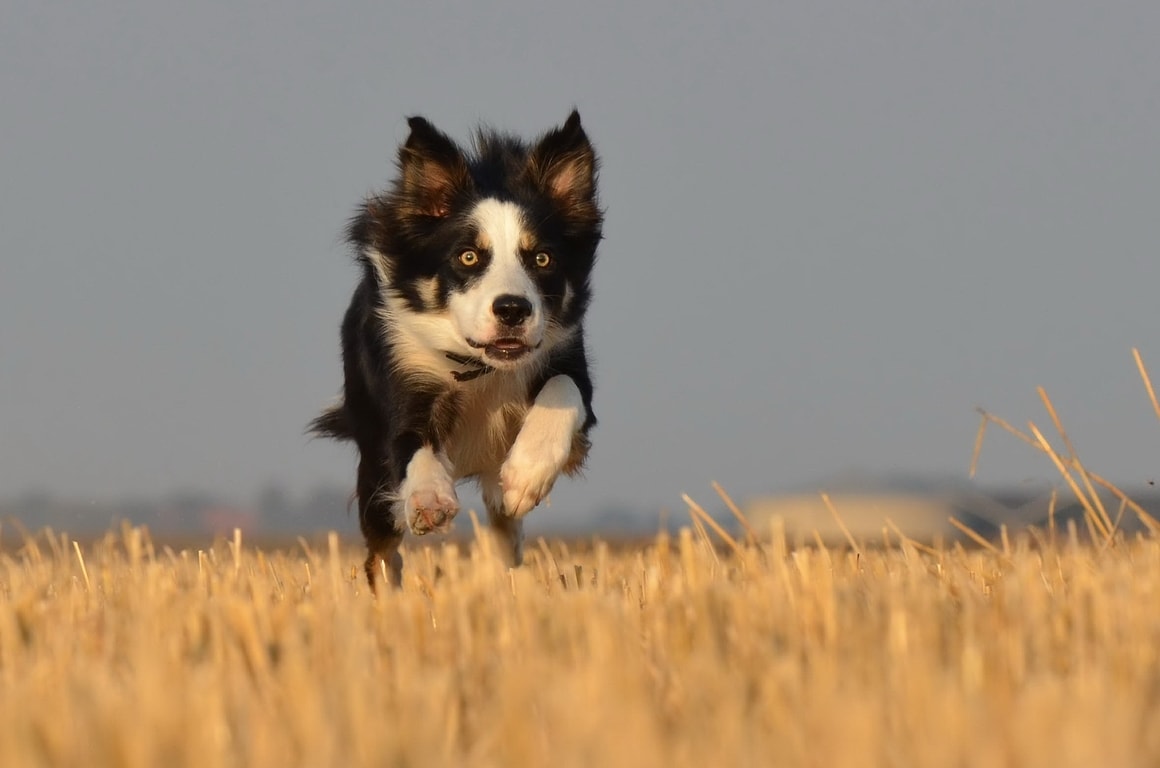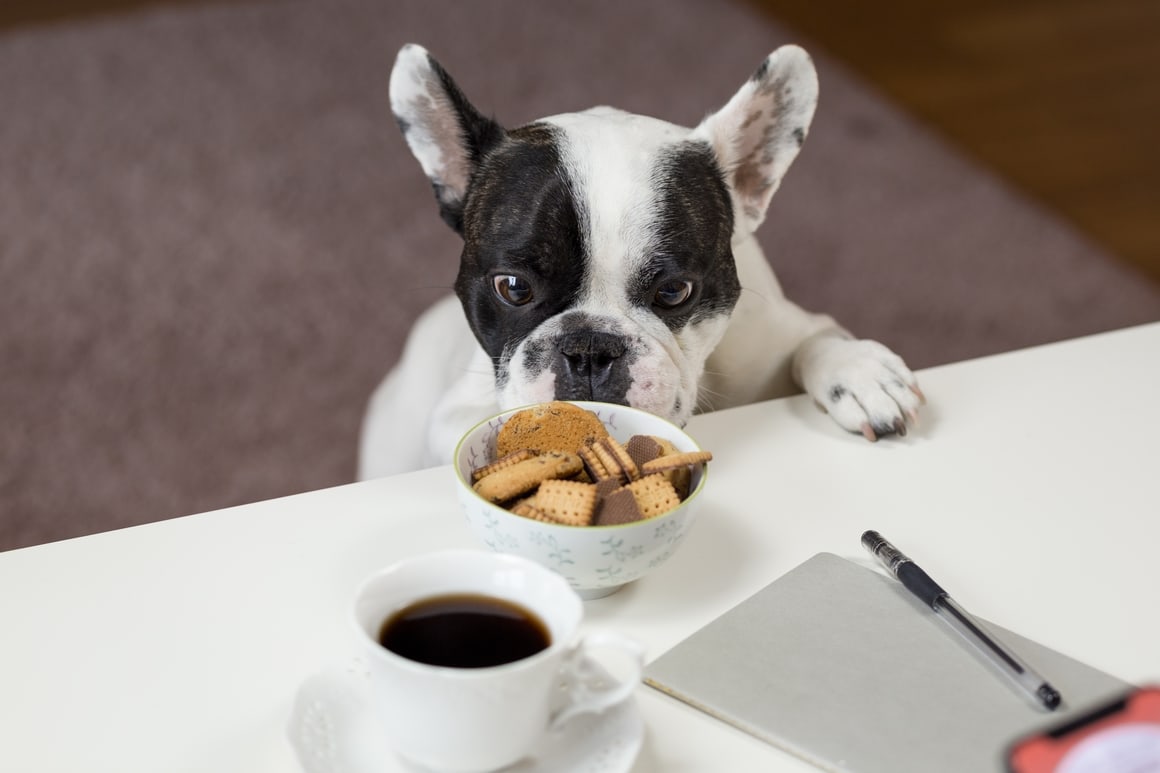Dog training. You either love it or fear it.
You might be the sort of person that can’t wait to get started or maybe you are putting the dreaded task off for another week — making excuses not to begin.
Both reactions are widespread and incredibly normal amongst dog owners.
Introducing a dog into your life (especially for first-time dog owners) can be daunting. The thought of raising that cute family puppy to be a well mannered and obedient dog can seem like a massive hill to climb.
But training your dog should be a positive, happy and memorable experience, and if your training regime doesn’t fit that description there may be a few (easy) tweaks you can change when training your puppy, to make it so.

Dog training. 22 things to avoid at all costs.
*** If you would like to learn more about training your dog quickly, effectively and in a cost-effective way, then check out our favourite dog training course which has resulted in thousands of positive testimonials from happy parents of perfectly trained dog’s!
Click here to find out how you can train YOUR dog WITHOUT paying $$$ for expensive lessons!***
22 Common Dog Training Mistakes That You Need To Avoid
While there is more than enough information out there for dog owners on how to train a dog, what about the things NOT to do when beginning your new puppy obedience training regime?
The no-nos.
1: Not Focusing On Your Dog
If you are committed to training your dog, then focus just on her.
Put down the phone and leave little kids (who also demand attention) at home for an hour. Training your dog is a big commitment, and if you are answering texts in the middle of a session, your dog will pick up on that.
2: Not Being Consistent
Set aside time to train your dog and stick to it.
Don’t spend two days training him how to wait nicely for his dinner and then get to day two and decide that you’re too busy that evening so instead shove his bowl in front of him without a thought.
Be consistent. Dogs are very clever and will quickly pick up on signals that you aren’t that serious — leading to problems further along in training.
3: Not Being Patient
Training a puppy is very much like teaching a child something new. Just as you wouldn’t scream and shout and expect tremendous results on day one with your child don’t expect the same from your dog.
4: Not Rewarding or Correcting Your Dog Immediately
If your dog does something naughty and you go and answer the doorbell, talk to the next-door neighbour for ten minutes and then come inside and scold your dog he won’t have a clue what is happening.
Dogs do not have the same sense of time as humans.
Positive or negative behaviour needs recognising immediately otherwise don’t bother, you will just confuse them.
5: Trying to Teach Your Dog Two Things at the Same Time
If you set out to train your dog not pull on the leash, do not then attempt to control barking when he meets another dog and becomes excited.
One step at a time.
Master one training technique and then move onto the next.

Stick to one command at a time.
6: Leaving Puppy Training too Late
Although you can teach an old dog new tricks, to make the process easier and smoother, it is best to train your puppy as early as possible. 8 -10 weeks is the ideal age to train a puppy.
7: Training Your Dog When She is Feeling Under The Weather
Remember, dogs can’t verbalise how they feel.
If your puppy is suffering from a slight illness such as sore ears or a snuffly nose, then it is best to get her better and begin training when she feels 100%
Make sure that if your dog is feeling under the weather keep her diet healthy. These homemade dog treat recipes use only three ingredients and are a lovely way to let your poorly boy know that you care.

If your dog is feeling under the weather then put off training her
8: Training Your Dog When YOU Feel Under The Weather
The same goes for you.
If you are ill, then you are not going to be working at your best. Equally, if there is something significant happening in your life such as a house move or family vacation, then put off training your new puppy until you have the time to commit.
9: Comparing Her Progress to Other Dogs
Just as you should never compare your self to others don not make the mistake of comparing your dogs’ training progression to that of all of the other puppies that you know.
Each dog is different and depending on their breed will learn at different times. Keep up the work and you will both get there in your own time.

Don’t compare your dog’s training progress to that of other dogs. Each dog is unique and learns differently!
10: Chasing After Him When he Fails to Return to You
Running after a dog that bolts and fails to return to you can make your pup fretful or think that the chase is a big game.
If your dog runs away from you and is still in sight, stay calm and use your voice or whistle to call him. Check out this post for recall commands.
11: Repeating The Same Command Over Again
Say it once and then turn away and leave it for a moment.
Telling a dog to “lay down, lay down, lay down!” not only confuses the dog but teaches him that it is acceptable to ignore you the first time.
12: Allowing Other People to Train Your Dog at the Same Time as You
If you are going to choose a professional to train your dog, then speak to them about what you can do reinforce their work.
If you decide to train your dog yourself don’t let anyone else interfere. More than one ‘teacher’ causes confusion and will slow the training process.
13: Not Providing Enough Exercise and Downtime for Your Dog
All work and no play…There is only so much training a young dog can take. Remember to give him plenty of downtime.
30 minutes of dog walking and playing around in the park every day in between training sessions to stop them from becoming bored.
14: Encouraging ‘Cute’ Behaviour
Encouraging your dog to bark at cats and strangers and then punishing that same dog later in life for barking at the postman or chasing your new kitten makes no sense.
Decide at an early age. Do you want a barking dog and a cat hater? If not, don’t encourage it just because it is ‘cute’ and funny as a puppy.

What can be cute at a young age isn’t the case when they get to be big dogs!
15: Pushing a Dogs Face into Their Mess
Never put your dog’s nose into their accidental mess. Never. Doing this will teach your dog to fear you and to become ashamed of toileting (creating even further problems further down the line).
We advise you to use a crate. Dogs do not mess where they sleep, and so crate training a puppy is the quickest and easiest way to solve house training issues.
16: Not Establishing a Routine
Dogs, like humans, thrive on routine. If you start your day off by walking your dog, feeding her when you return and then doing twenty minutes of training with her, try your best to stick to this routine like glue! At least until she is properly trained.
17: Failing to Socialise Your Puppy
Some dog breeds are treated with kid gloves by their owners. They are kept away from other dogs for fear of being hurt or picking up bad habits.
Dog’s need socialising.
Make sure you socialise your puppy from an early age. Encourage dog play dates and trips to the local doggie cafe with your friends.

Make sure your puppy is socialised from a young age.
18: Not Teaching Your Dog Boundaries or Manners
Again, this stems back to when the dog is a young puppy, and this behaviour is cute and ignored.
Unless you have a white fluffy teacup breed of a dog, then know that your pooch is going to grow big and being yanked along on a lead or being rugby tackled by a dog when you walk into your house is not fun.
Unless you want problems along the line, don’t turn a blind eye to bad manners. Be firm and clear with your expectations from the start.
19: Using Your Dogs’ Name When Scolding Him
When you reprimanded your dog for negative behaviour, then try not to use her name.
A simple “no” does the trick.
Using your pups name can lead to confusion and negative association. Some trainers say that the benefits of using of a dogs name for positive training are nominal.
20: Waiting for bad behaviour but not rewarding the good
Training your dog is about rewarding the positive and correcting the unwanted negative behaviour.
Both are equal (you just want a lot more of the former and less of the latter!)
Remember to reward good behaviour rather than focusing on everything your dog is doing wrong.
21: Not Recognising When Your Dog is Scared or Anxious
Learn to spot the sign of when your dog feels fear or anxiety and stop the training lesson immediately. Flattened ears, yawning, cowering with her tails between her legs and lip licking are a few of the more common signs that your dog is scared or anxious.

Recognise when your dog is scared or anxious.
22: Not Puppy Proofing Your Home
While there are lots of human foods that dogs can eat, there are some that are poisonous to them.
Leaving food out in the kitchen before your dog is thoroughly trained and then scolding them when they eat it is poor practice on your part.
Before you begin your dog training, make sure that you puppy proof your home to eliminate apparent problems.
Frequently Asked Questions About Puppy Training
When to start training a puppy?
Simple training commands such as focus, sit and stay can begin from 8 – 10 weeks.
What is the first thing you should train a puppy to do?
First off, teach your puppy to focus. Say your young dog’s name, and when he looks at you, reward him with a treat and praise. After this, the sit command is probably the easiest to train a puppy.
What is paper training a puppy?
Paper training a puppy is a method used to house train your puppy. You begin with large pieces of paper (or training pads) on the floor. You praise your dog for relieving himself on the paper. The remnants of paper are gradually made smaller and are moved to areas where you wish your puppy to go to the toilet.
When can you start crate training a puppy?
We advise that you wait until your puppy is at least six months old before crate training her. Puppies younger than this cannot physically control their bladders or bowels for any longer than three hours.
*** If you would like to learn more about training your dog quickly, effectively and in a cost-effective way, then check out our favourite dog training course which has resulted in thousands of positive testimonials from happy parents of perfectly trained dog’s!
Click here to find out how you can train YOUR dog WITHOUT paying $$$ for expensive lessons!***
Related posts that you will enjoy!
100 cute and unique female names
100 names for boy dogs that he will love!
Enjoying This Post? Please Share To Pinterest!
We hope you have enjoyed this post on common dog training mistakes that owners make. How are you getting on with your training? We would love you to drop us a comment below with your worries or wins (or both!) and remember if you have a new dog-owning friend that would find this post useful; please share it with them!




